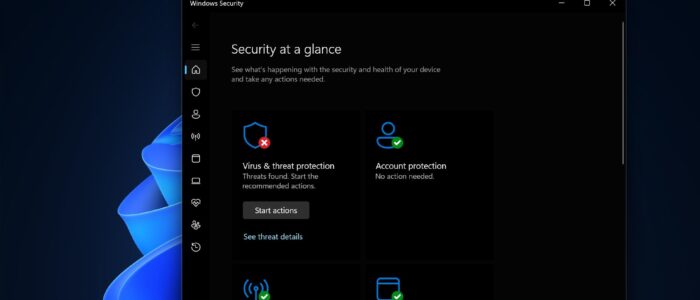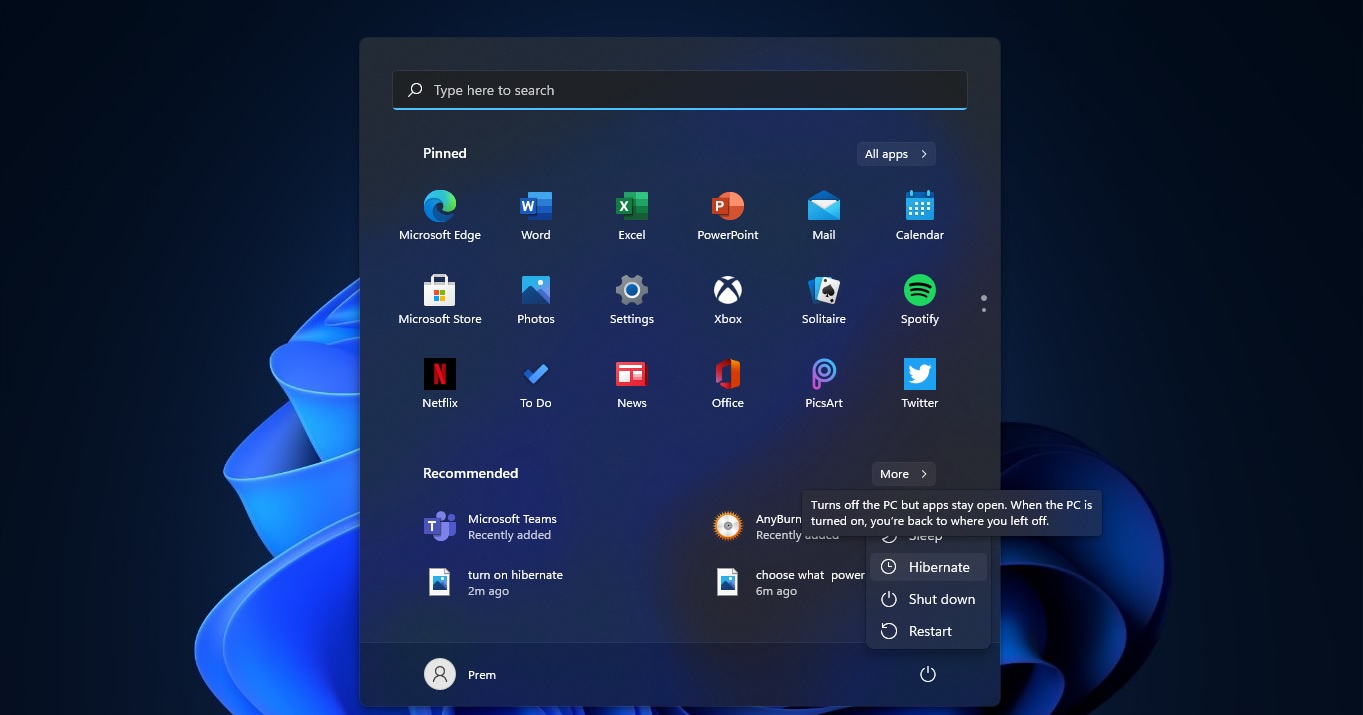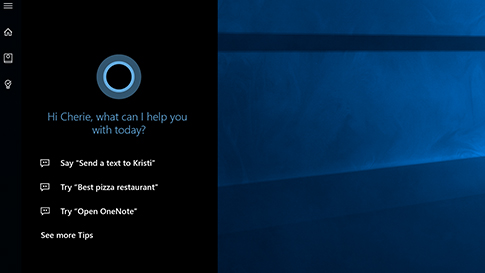Windows Defender also known as Windows Security is the Antivirus which is inbuild in Windows 10/11, Windows Defender is the next-generation protection component of Microsoft Defender Advanced Threat Protection (Microsoft Defender ATP), Windows Defender comes with the most advanced feature, which starts from the design a panel displaying its various modules and their status. You can find the seven protecting areas of Windows Defender below.
- Virus & threat protection – This feature runs scans, detects threats, and downloads updates to help identify new viruses and malware. On version 1709, this section also offers configuration settings for controlled folder access.
- Account Protection – When you sign in to Windows, the new Account Protection pillar protects your identity. You will be encouraged to set up Windows Fingerprint, Hello Face, or PIN sign-in. If applicable, Account Protection will also notify you if Dynamic Lock has stopped working because your PC’s Bluetooth is inactive.
- Firewall & network protection – In this area, you will be able to manage the Windows Defender Firewall settings. You can also monitor what’s happening with your Internet connections and networks.
- App & browser control – This feature allows you to use Windows Defender Smart Screen, which can protect your computer against potentially dangerous files, sites, apps, and downloads. Moreover, it provides a customization exploit protection feature.
- Device Security – You can get a better insight into the security features integrated with your Windows computer. You can access this area to manage your PC’s built-in security features. Moreover, you can use it to generate security status reports.
- Device performance & health – Access this page to get reports on your computer’s performance and health. This feature can also help you keep your PC clean and up-to-date with the latest version of your operating system.
- Family options – If you’re a parent, you can use this feature to manage your children’s online experience.
Microsoft Defender provides real-time protection against malware, viruses, and other security threats. While Microsoft Defender is a valuable security tool, there might be situations where you want to disable it temporarily or permanently.
In this blog post, we will discuss various methods to turn off Microsoft Defender in Windows 11 and explore how you can permanently disable it if needed.
Note: Disabling Microsoft Defender without replacing it with another antivirus can leave your system vulnerable to potential security risks, so proceed with caution and make sure to have an alternative security solution in place.
Temporary Disable Microsoft Defender
If you want to temporarily disable Microsoft Defender to perform a specific task or to install a trusted software, you have a few options:
Method 1: Disable Virus & Threat Protection using the Windows Security app
Follow these steps to Diable Virus & Threat Protection.
Click on the Start menu and search for “Windows Security”.
Click on “Virus & Threat Protection”.

Under the “Virus & Threat Protection settings” section, click on “Manage settings”.

Toggle off the “Real-time protection” switch.

This method will temporarily turn off real-time protection provided by Microsoft Defender. However, keep in mind that the antivirus program will automatically restart after a certain period or upon system restart.
Permanently Disable Microsoft Defender
Suppose you have a specific reason for permanently disabling Microsoft Defender, such as using a different antivirus program. In that case, it’s important to note that it involves modifying system files and making changes to the Windows Registry. Proceed with caution, as any incorrect changes can cause stability issues to your system.
Method 1: Using Group Policy Editor
Note: This method is only applicable to Windows 11 Pro, Enterprise, or Education editions.
Press the Windows + R to open the Run dialog box.
Type “gpedit.msc” and hit Enter, this command will open the Group Policy Editor.
In the Group Policy Editor window, navigate to Computer Configuration > Administrative Templates > Windows Components > Microsoft Defender Antivirus.
On the right-hand side, double-click on the “Turn off Windows Defender Antivirus” policy.

Set the policy to “Enabled” and click “Apply” and then “OK”.

Enabling this policy setting will disable Microsoft Defender and it will not scan computers for malware or other potentially unwanted software. This method permanently disables Microsoft Defender.
Method 2: Modifying Windows Registry
Note: Modifying the Windows Registry can have serious consequences if not done correctly. We recommend creating a backup of your Registry before proceeding.
Press the Windows + R to open the Run dialog box.
Type “regedit” and press Enter to open the Windows Registry Editor.
Now navigate to the following registry path
Computer\HKEY_LOCAL_MACHINE\SOFTWARE\Policies\Microsoft\Windows Defender
From the left-hand side pane click on the “Windows Defender” Registry key and from the right-hand side pane look for the DWORD named “DisableAntiSpyware”.
Double-click on the “DisableAntiSpyware” value and set the value data to “1”.

Click “OK” to save the changes. Close the Registry Editor and restart the system once.
This method modifies the Registry to permanently disable Microsoft Defender.
Read Also:
How to Update Windows Defender Virus signature using Command Prompt?
How to Enable Ransomware Protection in Windows Defender?
Enable Network Scanning in Windows Defender on Windows 10?





